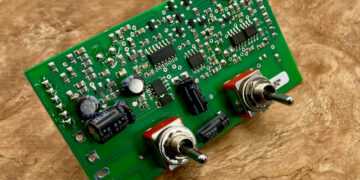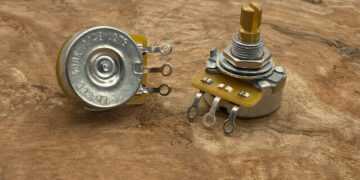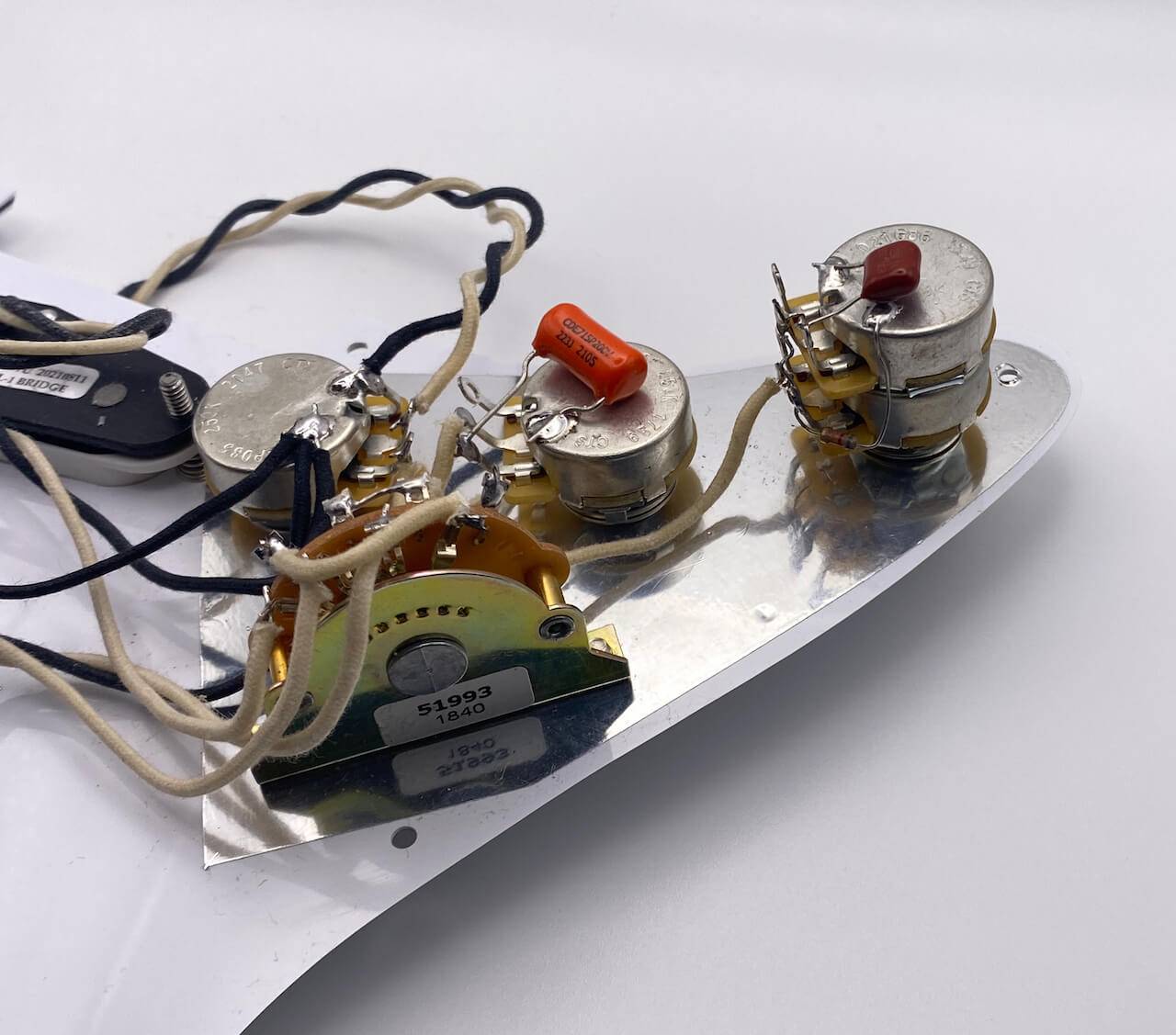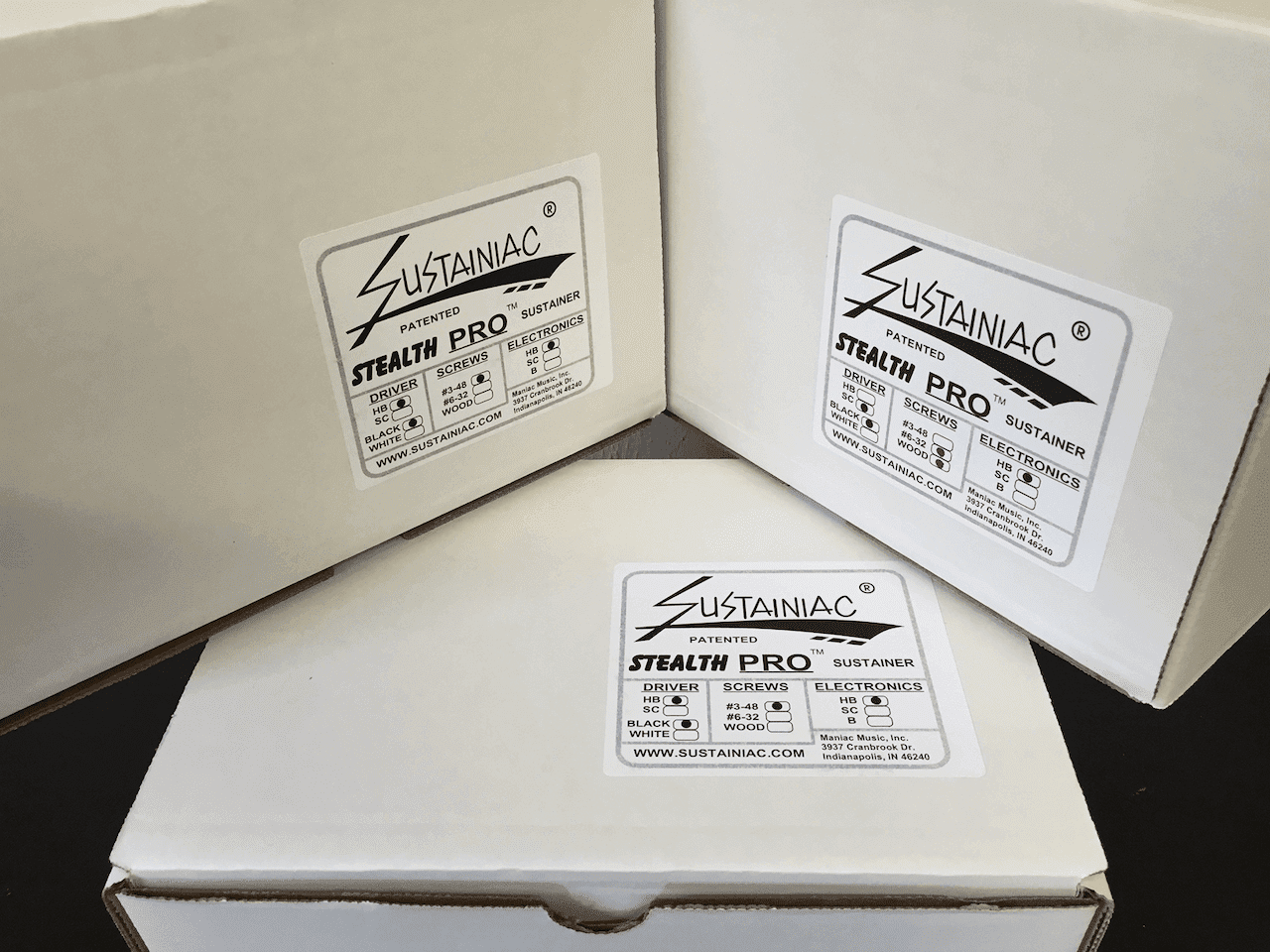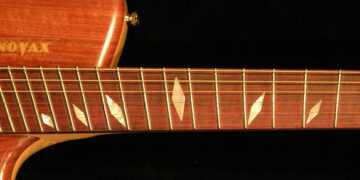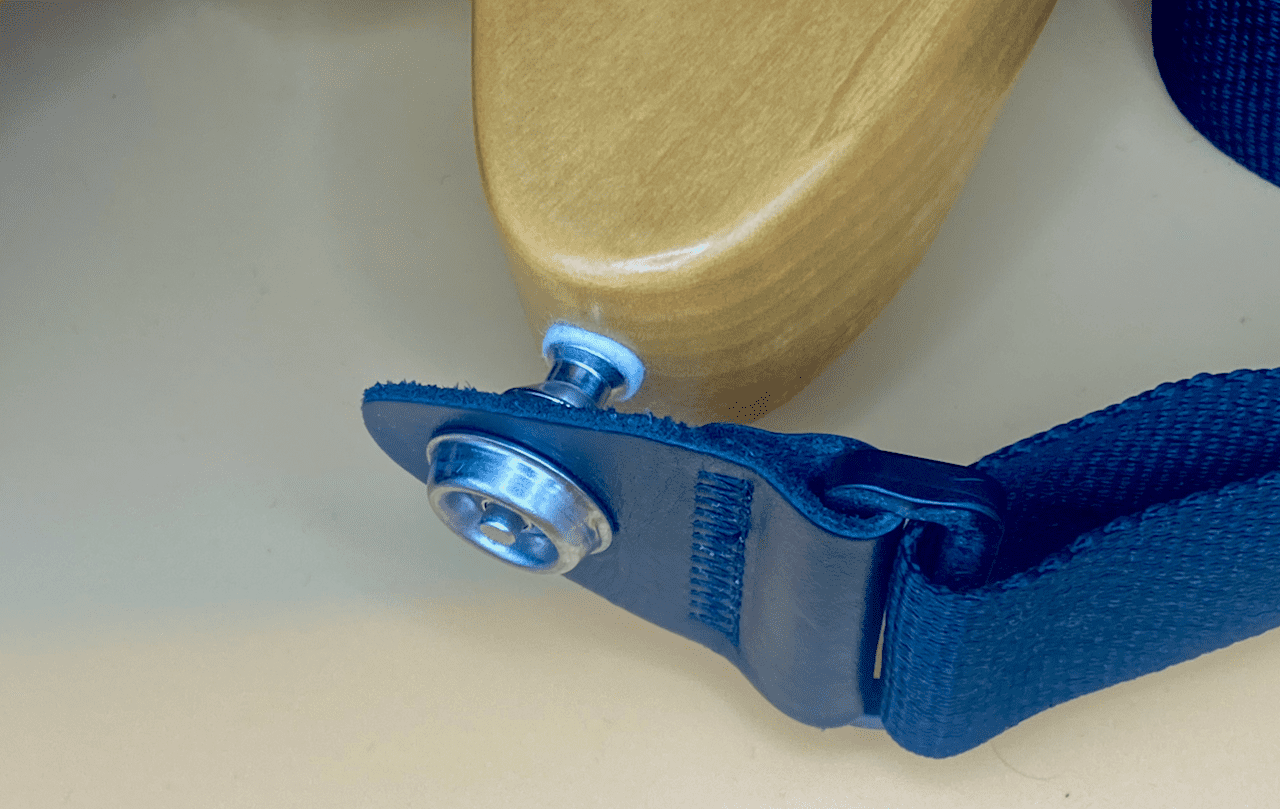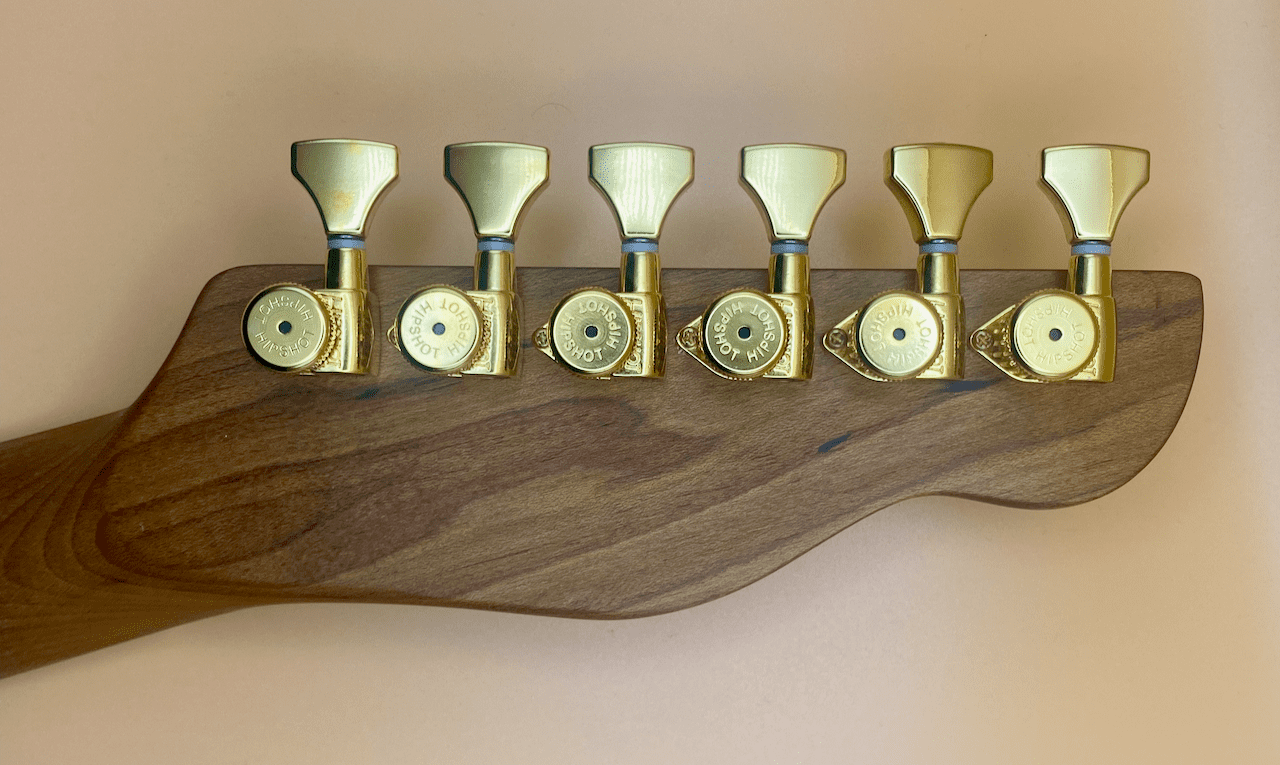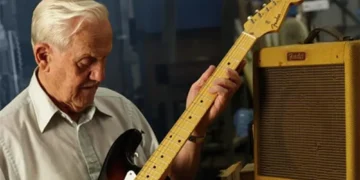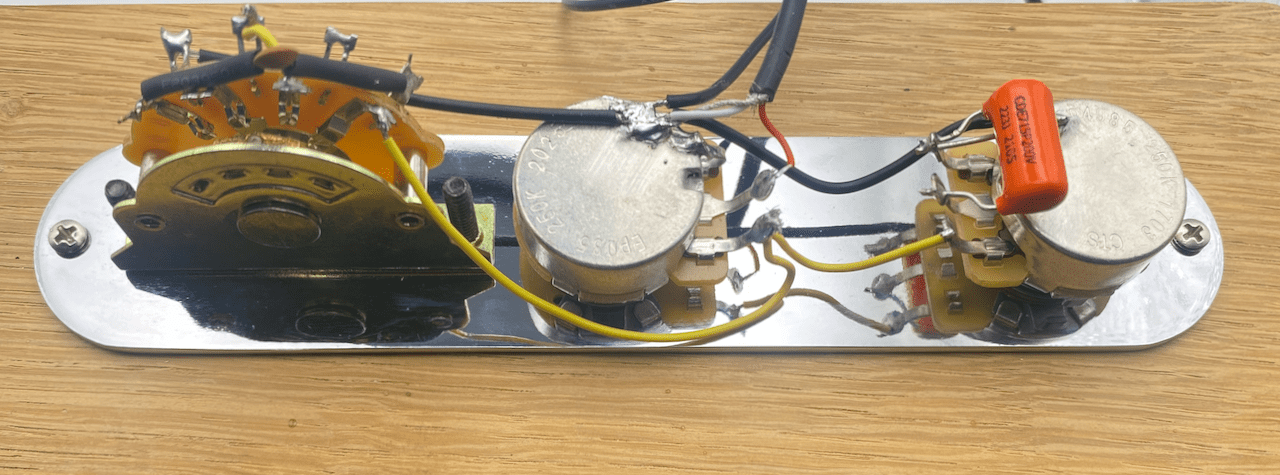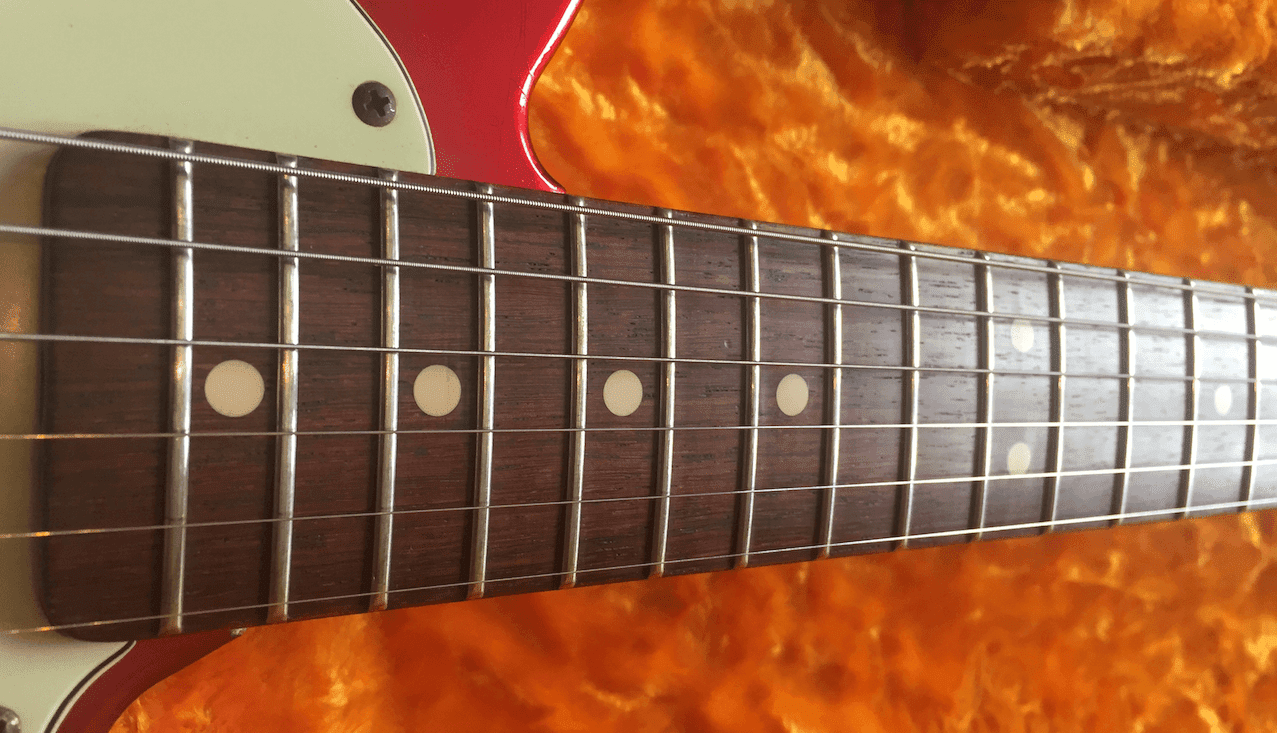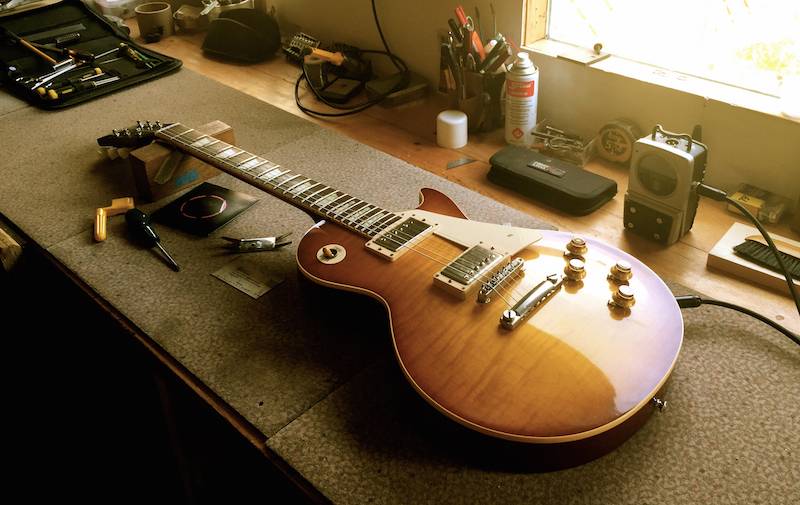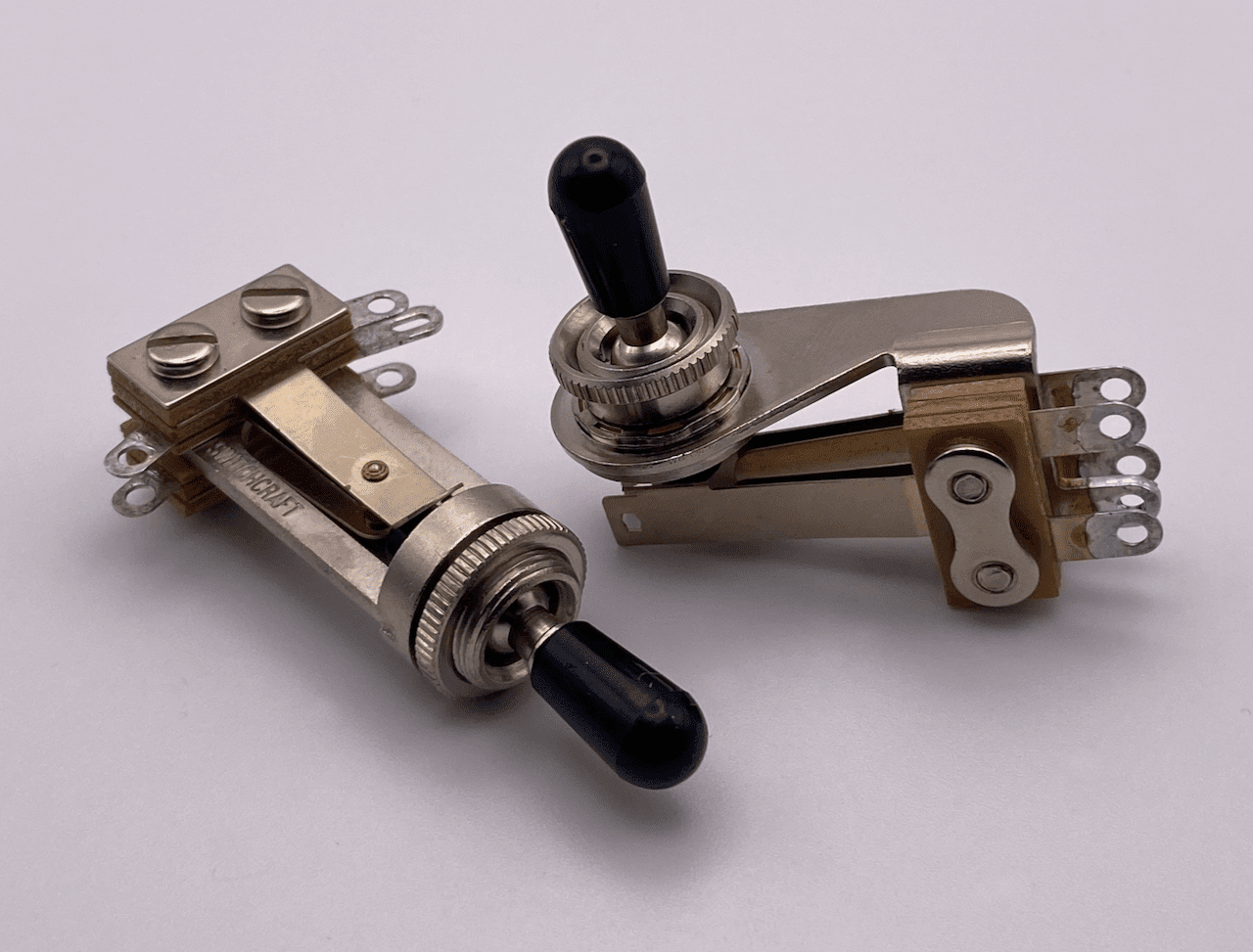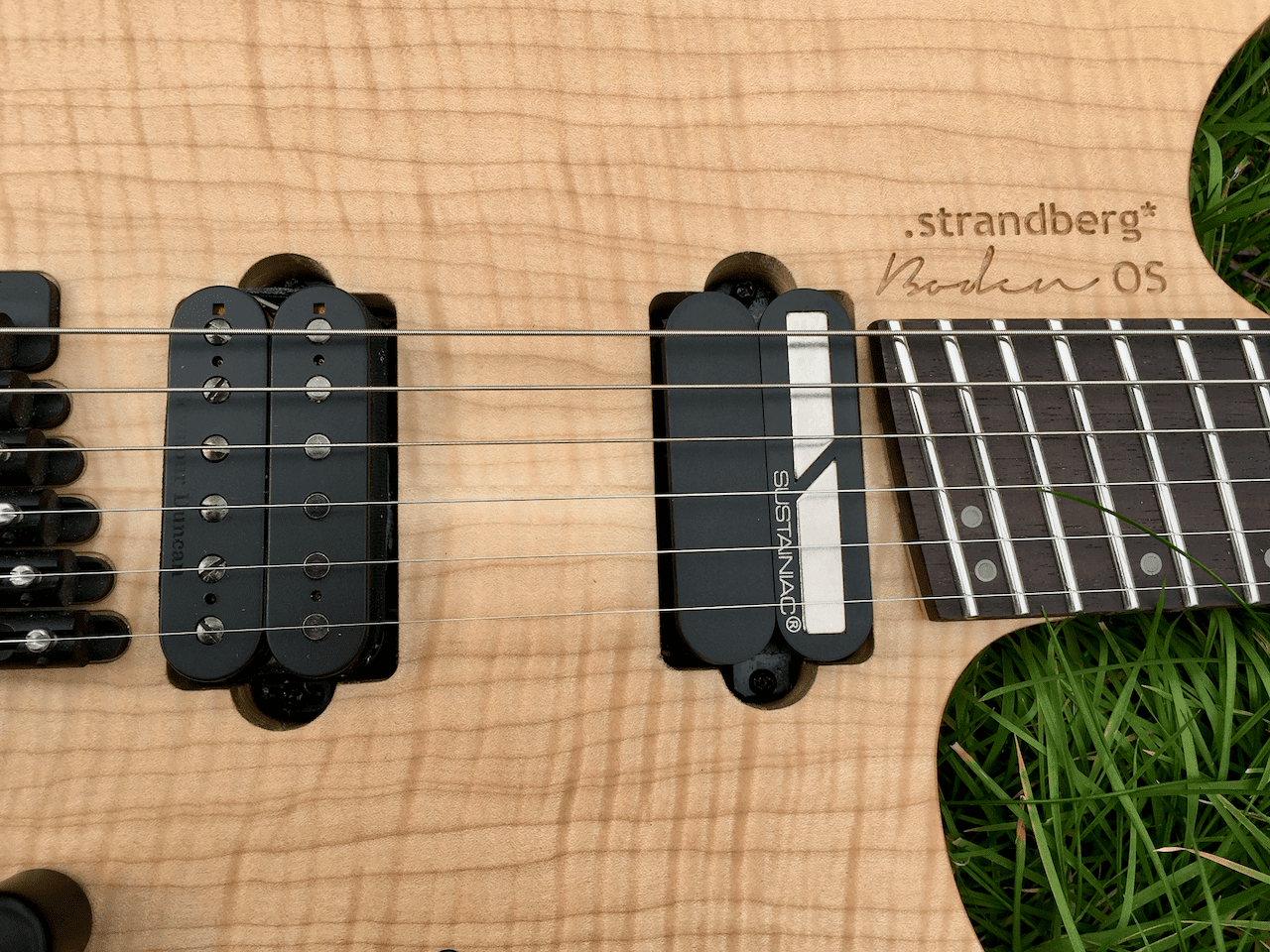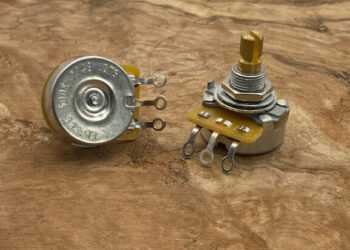Guitar toggle switches are one of the most common switches found in guitars for decades. While many budget switches exist, the leader in this particular component field is Switchcraft.
Switchcraft was established in 1946 in Chicago. They started life manufacturing plugs, switches and jack sockets primevally for the communications industry throughout the 1950s.
When guitar companies such as Gibson started to look into electrifying their guitars, they opted for the best components available. The Switchcraft components, with their heavy duty construction, had proven themselves with years or faultless series within the telecommunications industry. Gibson have used Switchcraft components, both switches and #11 jack sockets, for decades. The majority of these toggle switches are used for 2-pickup guitars. However, there are exceptions…
Types of Switch
Long – These switches are mainly found in Gibson’s Les Paul range. The short 7/32” thread was originally designed for mounting on a control plate within a telephone rack system. When Gibson started using them in guitars, they had to design a flanged deep collar nut to mount into their guitars. {deep collar nut link and photo} These switches need a 1.5” cavity.
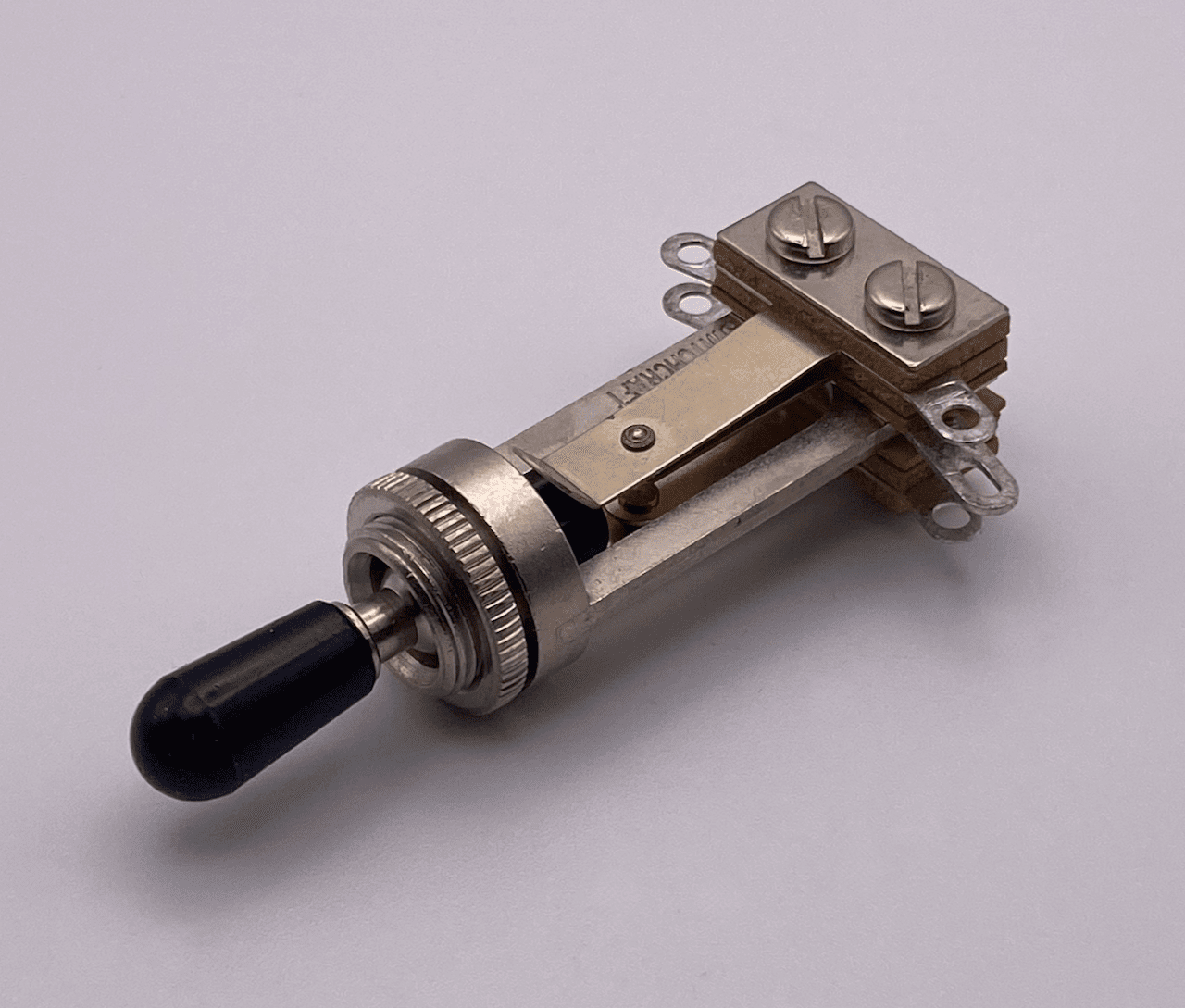

Short – These switches are normally found in Les Paul Studios and most Epiphone guitar models. Conversely to the long switch, these have a longer 11/32” thread. This makes mounting them onto a guitar body much easier as the threaded section will stick through the mounting hole and allow you to use a washer and standard knurled nut to secure it. But to aesthetics, you can use a deep collar nut if you choose. These switches need a 5/8” cavity.
Right Angled – Similar in thread length on the long switch, at 3/16” a deep collar nut is normally needed. But if you are mounting this switch onto a pick guard, you can use a washer and knurled nut. These switches are normally found in SGs and Flying Vs. Anything that has limited body thickness. These switches can fit into a 5/8” cavity.
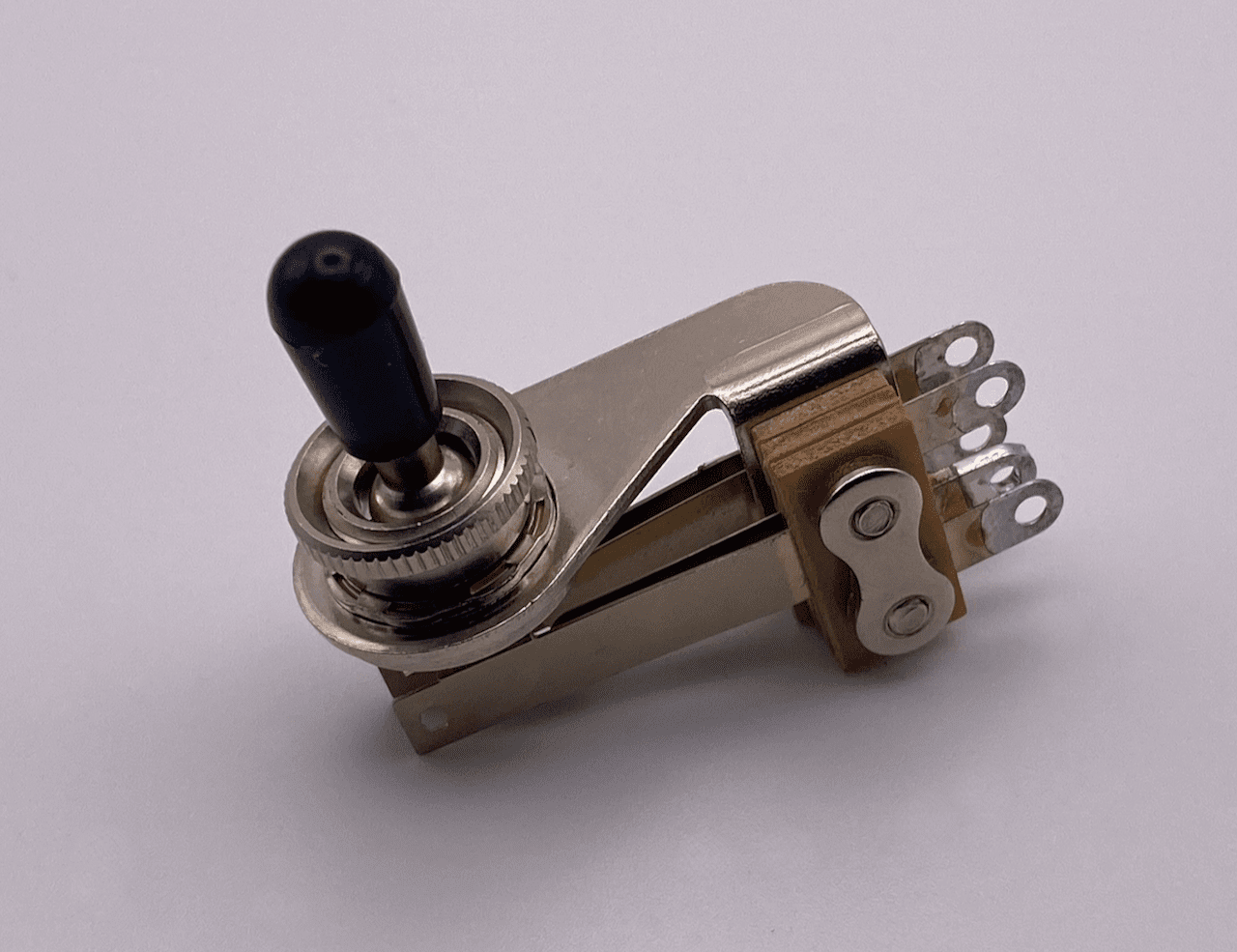
Oh Nuts...
The Switchcraft toggle switches are secured to the guitar by one of three different styles of knurled nut. We previously mentioned that Gibson designed a deep collared flanged nut to deal with the shorter threaded shafts on the Switchcraft switches. You can see the deep collar version on the right. For reference, you can see the standard knurled nut on the left sits flat, while the right hand version sits up quite a lot in comparison.

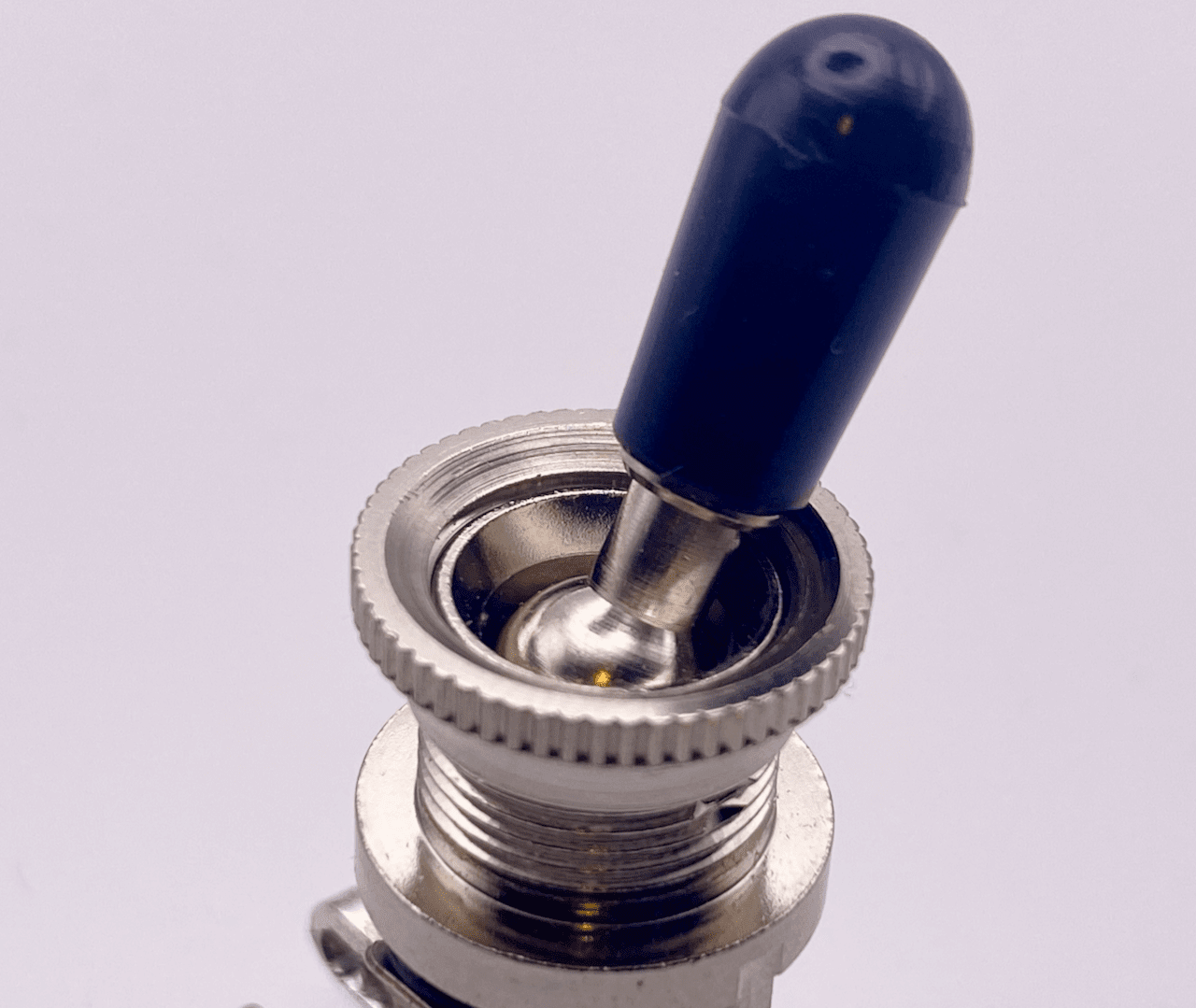
The nut is designed to fit almost flush with the top of the threaded shaft of the switch. the flanged side create almost a bowl shaped top to the switch when installed.
The nut pictured in the middle is quite literally in the middle of the two. It has a flanged top to it, although not as severe as the deep collar version. It also sits slightly higher than the standard version due to a slightly raised collar. This type of nut is used when you don’t need to worry about the thickness of the mounting hole material (on a pickguard, for example) but you would still like the aesthetic on the deep collar nut.
Other Switch Variations
There are a few other variations to the standard guitar toggle switch that are worth mentioning. Some examples are found in lower end instruments for the Far East. Others are probably only found in very expensive or custom models.
12015X DPDT Right Angled – This monster of a switch can be mainly found in the Gibson ES1275 doubleneck guitar. It is used for neck selection on these models and due to its Double Pole, Double Throw (DPDT) design it can handle the signal from all four Humbuckers. These switches can also be found on the 3 Humbucker Les Paul Custom Black Beauty and SG Custom. This allows you to wire the middle pickup to only be activated in the middle position while also having the traditional neck, neck-bridge, bridge configuration.
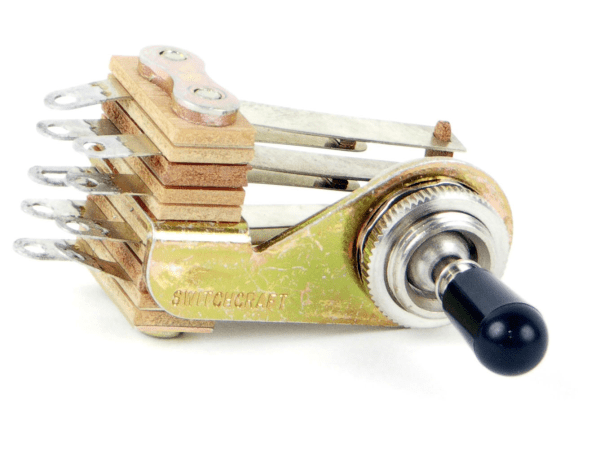
Freeway Ultra Switch
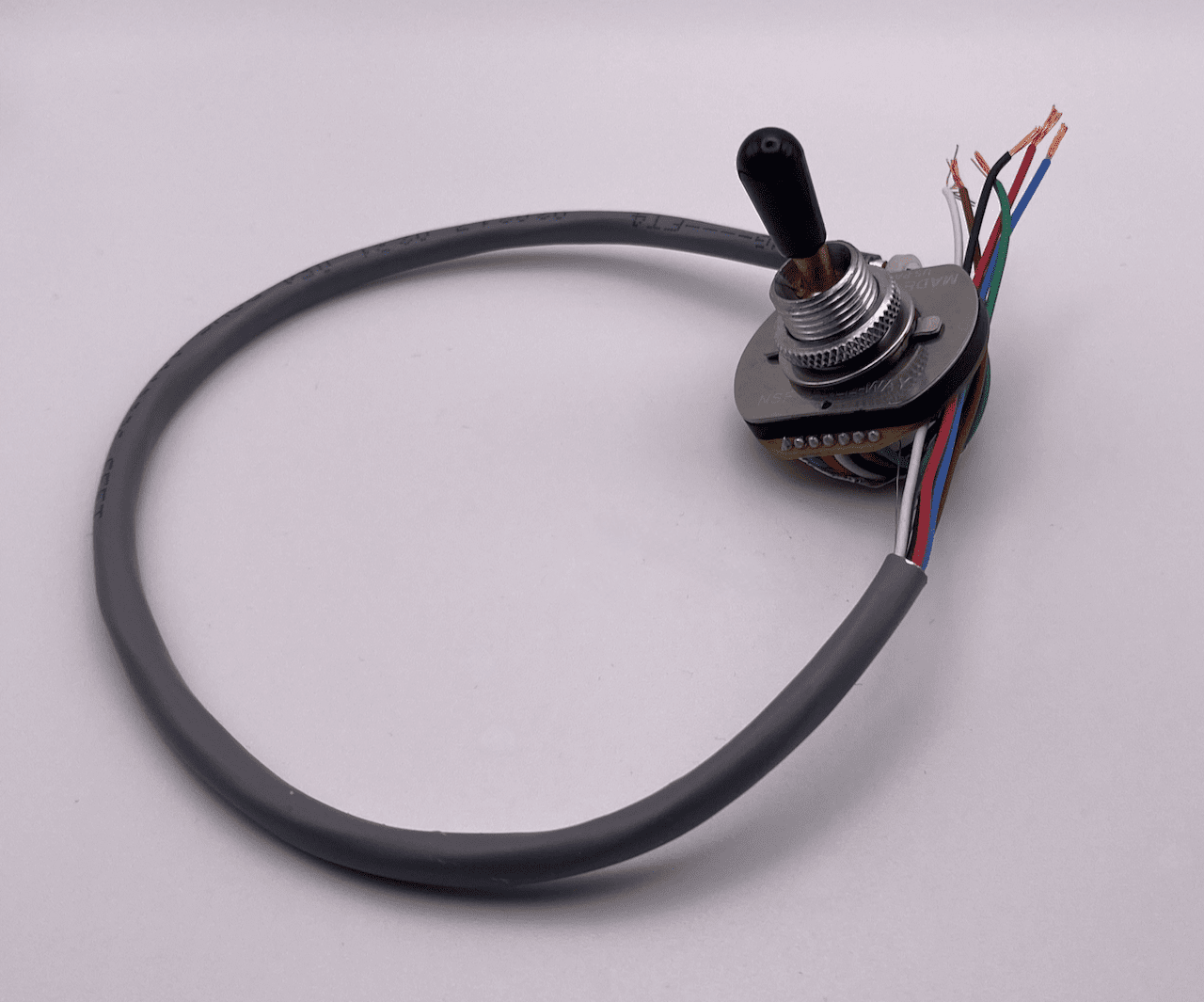
these switches focus more on electric connection rather than the mechanical lever action of the Switchcraft switches.
This 6-way switch comes in currently four versions. In use, they operate as a double 3-way switch. With the standard operation mirrored in two banks. This allow you to have the traditional pickup configuration on one bank, then by pushing the switch downward you move into the second bank where you can have a totally different configuration.
The four versions have slightly different uses. For more information visit https://www.freewayswitch.com/products/
Budget Switches
While you might find a toggle switch like this in a fairly cheap Far Eastern made instrument, don’t be fooled. They are actually very robust for their price-point. Their solid body construction has one advantage over the Switchcraft models. It’s a sealed unit, protecting the contacts from corrosion. They tend to has a metric thread and are secured by a standard six-sided nut. They also come in various finishes. Chrome, Black and even Gold.


Mini Toggle Switches
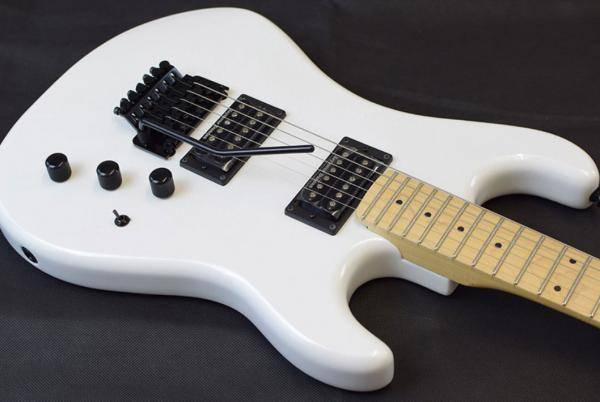
The last switch that’s worth mentioning is the mini toggle switch. While generally used for wiring modifications such as coil-splitting or maybe other effects like series/parallel or in/out of phase, they can also be used as pickup selector switches. The Kramer Pacer Classic still uses a mini toggle for it’s pickup selector switch.
When used as a pickup selector switch, the version used is a DPDT on-on-on switch. This allows the hot wire to run to either the master volume pot or to the jack, (in the same wiring configuration as it’s bigger Switchcraft relative), while each of the two pickups connect to one of the switched poles. This makes neck – middle – bridge pickup selection easy to wire. With a 4PDT mini toggle switch, it’s possible to connect three pickups, much in the same way as you would with the 12015X Switchcraft switch mentioned above.
Whatever toggle switch your guitar uses, you should get years, if not decades of reliable service from them. they can take a fair beating and even if you do manage to break one, they are simple to replace. Specifically with the open Switchcraft models and their cheaper alternatives, the application of contact cleaner during a setup will keep the contact points clean of corrosion, getting you back playing again very quickly.

